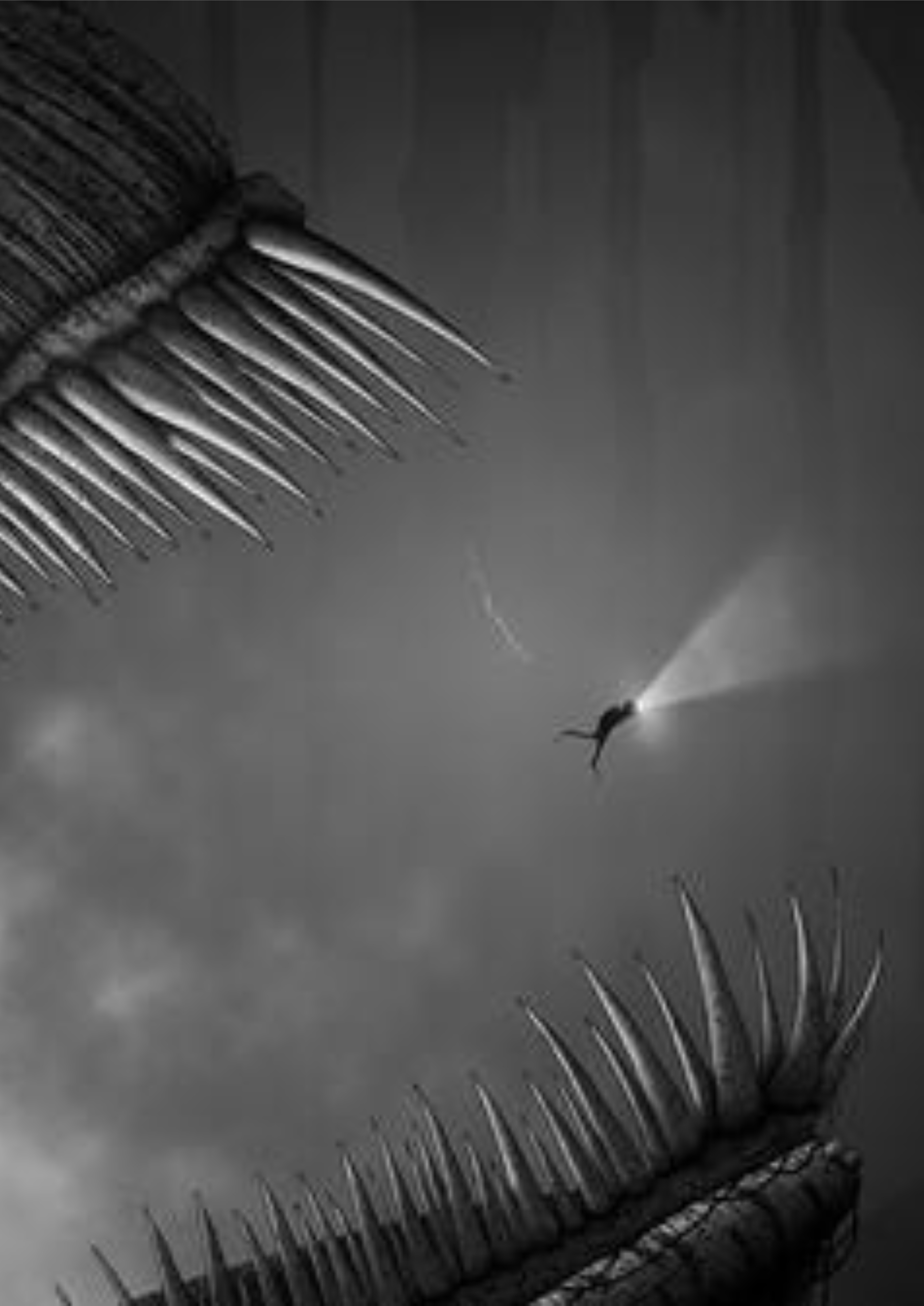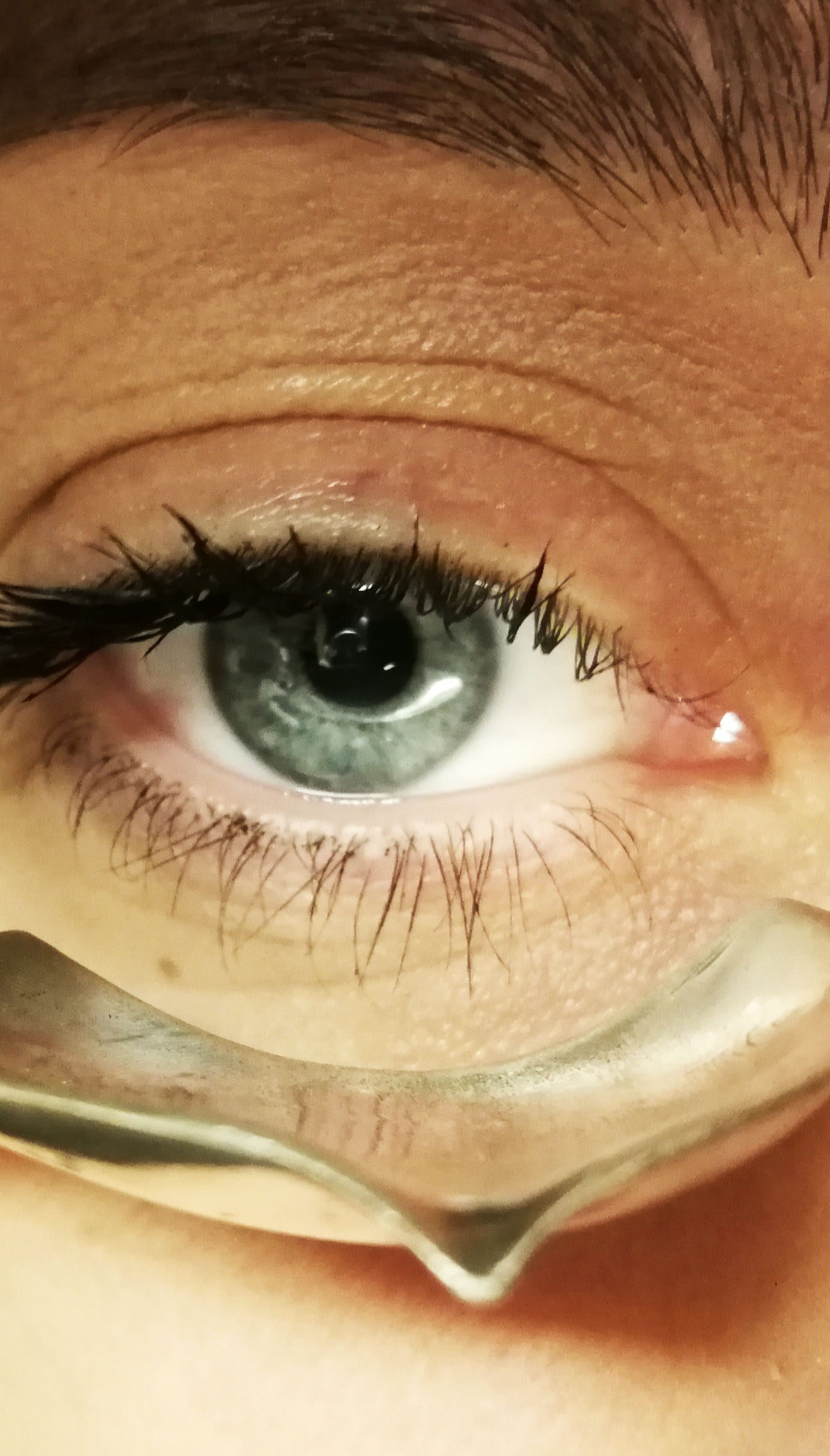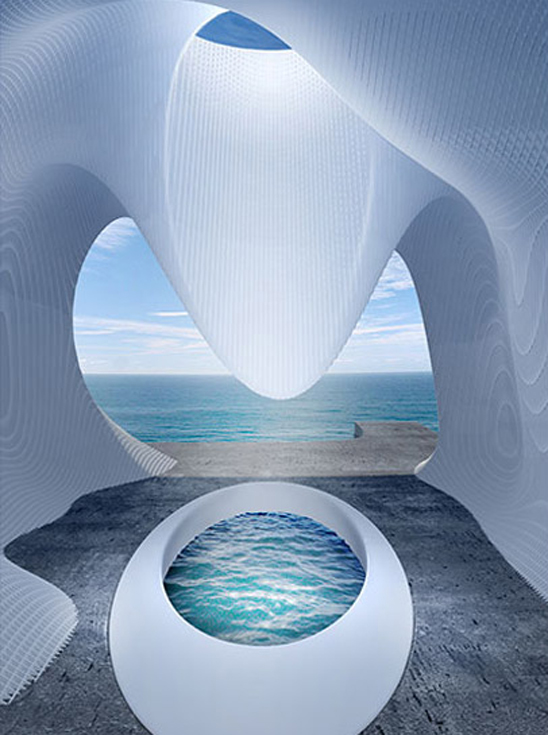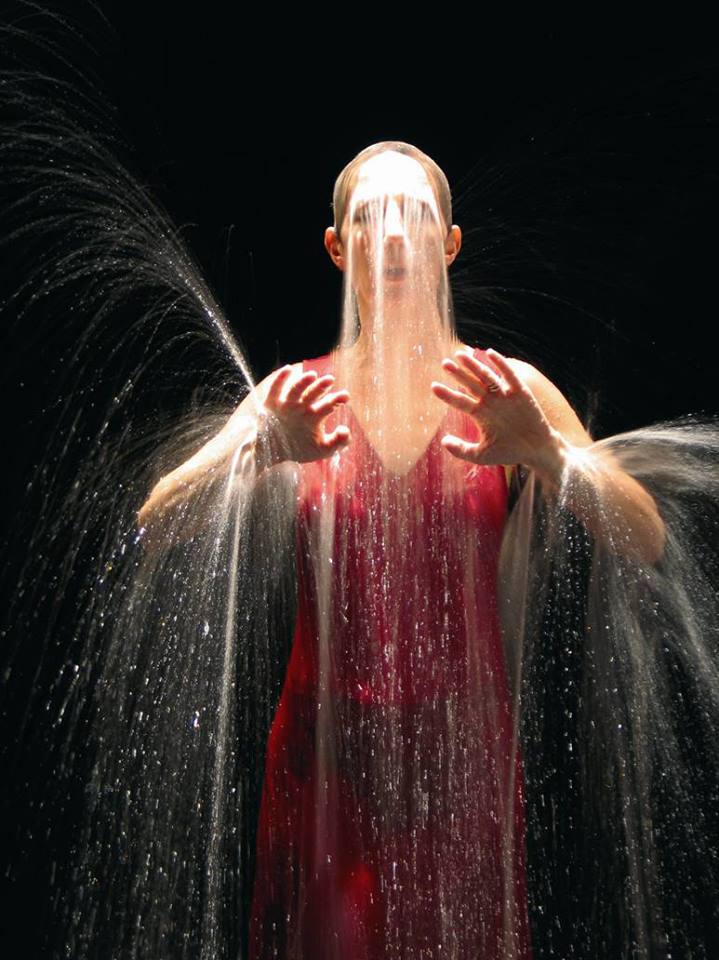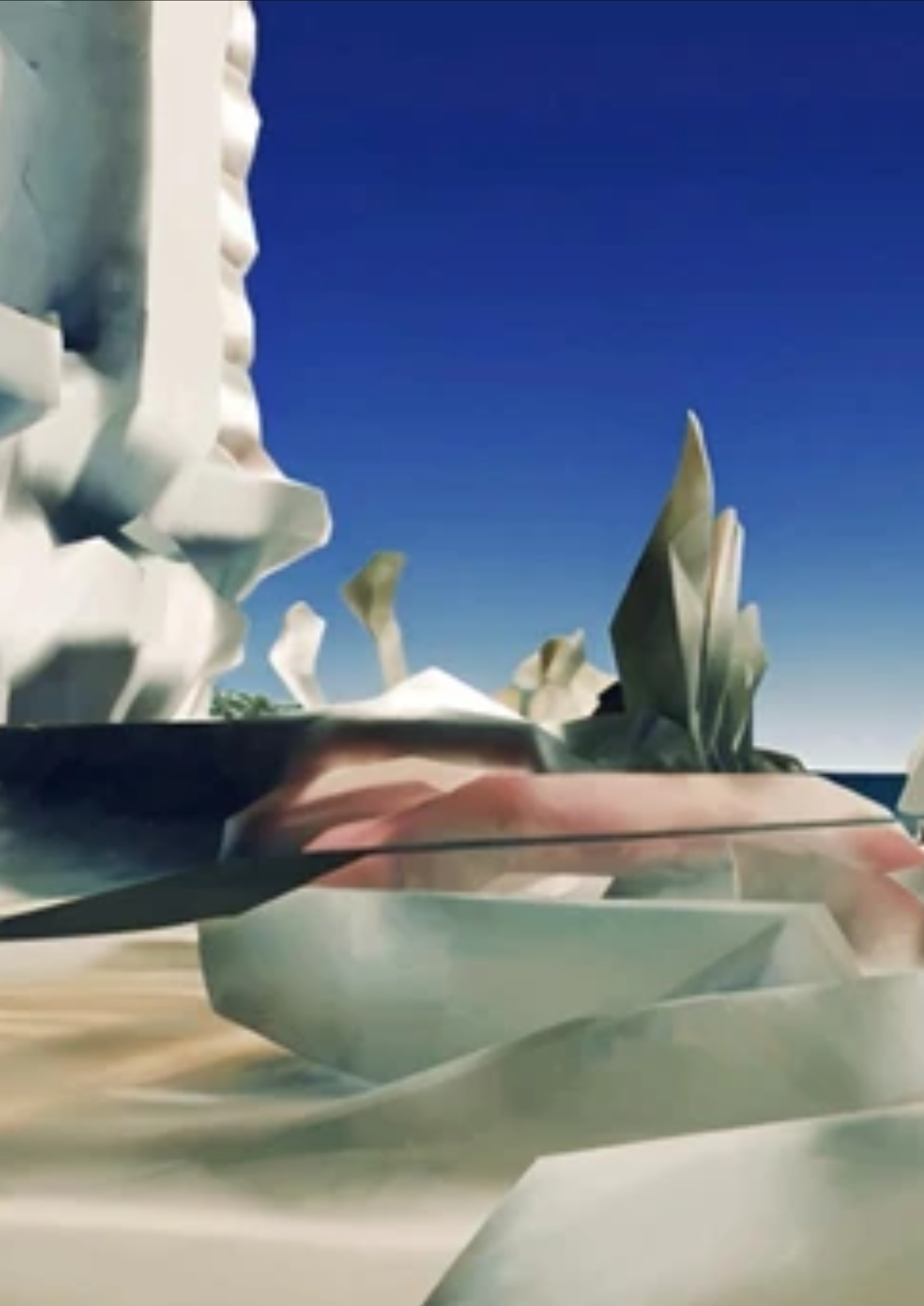
SYNTHETIKA: Barbara Oettinger
What future will we build upon the ruins of the present?
Barbara Oettinger
FILE São Paulo 2025 | Videoart
Festival Internacional de Linguagem Eletrônica
What future will we build upon the ruins of the present? – Chile
What future will we build upon the ruins of the present? é um curta-metragem que embarca em uma exploração simbólica e poética das falhas e rupturas no tecido da realidade, tanto física quanto virtual. A obra investiga como essas disrupções podem atuar como catalisadores, transformando nossa compreensão do mundo que habitamos.
BIO
Barbara Oettinger é uma artista visual e cineasta chilena. Participou de diversas exposições e mostras em centros culturais, galerias e museus na América do Sul, América do Norte, Europa, Ásia e Oceania. Recentemente, recebeu uma bolsa do governo chileno (ANID) para cursar um doutorado em Prática Criativa e Crítica na University of Sussex, em Brighton, Reino Unido.
